Process 035 ☼ How To Ask A Stranger For A Portrait
Giveaway: A build-it-yourself camera + film courtesy of BuyMoreFilm
Dear friends,
Today’s letter is about my ongoing practice of taking street portraits as well as your main questions about how I go about them:
How do you approach strangers on the street? What do you say? How often do you get turned down? Do you send people their portrait?
This week’s giveaway is a mystery pack of 35mm film and a build-it-yourself camera courtesy of BuyMoreFilm.com!
Street Portraiture Around The World
In the past three years I have spent a significant amount of time living in nine different cities for a few months at a time. One of my favorite ways of getting to know a new place is to walk the busy streets in a city’s center and take portraits of people.
While I walk my eyes dart around looking for interesting people that spark my curiosity. They might be wearing a cool hat, carry themselves with a unique energy, or stand out in some other way that lights up their section of the street. If they’re not busy or in conversation I will approach them to ask if I can take their portrait.
For most of us, approaching a stranger on the street is a scary and nerve-racking. It certainly was for me when I first started doing it. Depending on the day I range from being quite introverted to decently extroverted, but even after thousands of street portraits there are still days when I have to psych myself up to approach someone.
I sport my biggest, friendliest smile, have my camera visibly out, and calmly ask:
“Excuse me, I love your [insert the thing I noticed*] and wanted to ask if I could take your portrait. I’m getting to know [insert city] and am taking portraits of all the people that stand out to me. I’d love to take your portrait, would that be ok?”
*the thing you notice and mention should never be about a person’s body, that’s creepy and feels like misguided attempt at flirting. Instead share what makes them unique as a human in your eyes, whether it’s their fashion sense or how they carry themselves.
Over time this practice settles into your muscle memory, which is the first point I’d like to make: the more you do it, the easier it gets. In many ways, gaining confidence is a numbers game. Practice makes perfect.
Assignment: Over the course of one week, approach 25 people on the street and ask if you can take their portrait.
When you complete this assignment you will see that out of those 25 people very few will say no. Those who do say no will be very polite and nice about it. It will most likely be a shy smiling “No thank you,” or a “Sorry I’m in a rush,” and that’s it.
I have never had anyone say no in an aggresive way. A friendly no isn’t a bad thing and it will build your confidence in knowing that it’s at least ok to ask.
I should note that your success rate in getting a “yes” also somewhat depends on the local culture, which roughly ranges from “Heck yea Imma STAR BABY!” in New York City all the way to “Nein!” in Berlin with most places being somewhere in the middle.
Sometimes there may be a language barrier. For example, I do not speak Spanish (yet!) and the two shop owners above did not speak English. In this case all that was left from my usual approach was to sport a big smile, point at my camera and gently gesture towards the person in a way that said: “May I take your picture? You look very cool.” And that totally works! Remember at least 70 percent of all communication is nonverbal anyway.
Sometimes a person will only give me 10 seconds, like the gentleman on the right above. Other times I will have a conversation and shoot half a roll with just one person like with Rahman on the left. Either way it can be a lovely and energizing experience to briefly connect with a person you didn’t know before.
We have far more in common than what makes us different, and there is no better way to realize this than to talk to a bunch of strangers.
Sometimes a street portrait can turn into a lasting friendship and even the opportunity to cast that person for a commercial client shoot later on. Ephraim, see above, is a great example of this. I first met and photographed him during his break when he was painting a giant advertisement on the side of a building in New York City.
He looked kind and effortlessly cool in his paint-splattered outfit and our conversation confirmed he was exactly that. We exchanged contact information so I could send him the photos once they were developed and we kept in touch.
Six months later I was casting for a men’s underwear campaign I was hired to shoot for classic apparel brand Hanes. We were looking for cool men in their 30’s and 40’s doing interesting things in their community. As a muralist Ephraim fit the bill. The client liked the street portrait and his story and Ephraim ended up adding “professional underwear model” to his resume.
The same thing happened with Chaz who I met at a festival and photographed on only my second ever roll of medium format film. Chaz is one of those multi-talented artists who can sing, act, and photograph, and his whole vibe was warm and confident.
We cast him for the same Hanes campaign more than a year after we met originally. We ended up shooting his look at the very recording studio I worked at years earlier during my time in the music industry before I became a photographer. Full circle!
Lessons Learned
Practice Makes Perfect — The more people you approach, the more comfortable it gets. As a bonus, the more people you approach, the more portraits you take, and the better you get at taking portraits! Double win.
Be Friendly, Polite, and Smile Big — If you approach someone with kindness and generosity chances are you will receive the same in return. Even if their answer is no, it won’t be a bad experience for you or them. Just a little blip.
Give and Take — When someone is kind enough to allow you to take their portrait make sure to also give something back. Note down their contact information or share yours so that you can share the finished product with them.
And now as a bonus, a video my friend Willem Verbeeck made some time ago about my practice of photographing strangers on the street in Manhattan.
That’s it for this week! If you’re interested in taking street portraits this is your chance. The assignment above is simple and you can absolutely do it. Good luck!
Keep shooting and take good care of yourselves and others.
Wesley
Process Giveaway!
BuyMoreFilm is back for another generous giveaway prize. Stephan runs one of my top favorite online shops for expired film, used cameras, accessories and he recently added a full array of fresh film from all the usual suspects from Kodak, to Ilford, Lomo, etc.
Today he is giving away a mystery pack of 5 rolls of 35mm film along with this fun build-it-yourself analog camera. It’s like the weird world war 2 airplane kits of my childhood, except it’s a fully functional 35mm camera. Way more fun than war.
To enter email me at hello@wesley.co (please don’t reply to this note but send a separate email) before midnight EST on Monday July 26th and answer the following question:
What is something you’ve experienced in your creative life that you were nervous or scared about but got much easier with time once you stopped thinking and started doing it?
(My answer is obviously taking street portraits, especially in places where I didn’t speak the language.)
The winner will be randomly drawn and notified. This giveaway is for Process subscribers only. Subscribe by clicking the button below:
Make sure to show BuyMoreFilm some love on IG and check out out the web shop.
Would you like to support Process? Great! Tell your friends about it. Just click below:
If you’re a new reader, browse the Process archives here.
Process is a weekly letter from me, Wesley Verhoeve. If you’d like to support what I do here click the button below to order my new book NOTICE.
Follow along at @wesley.

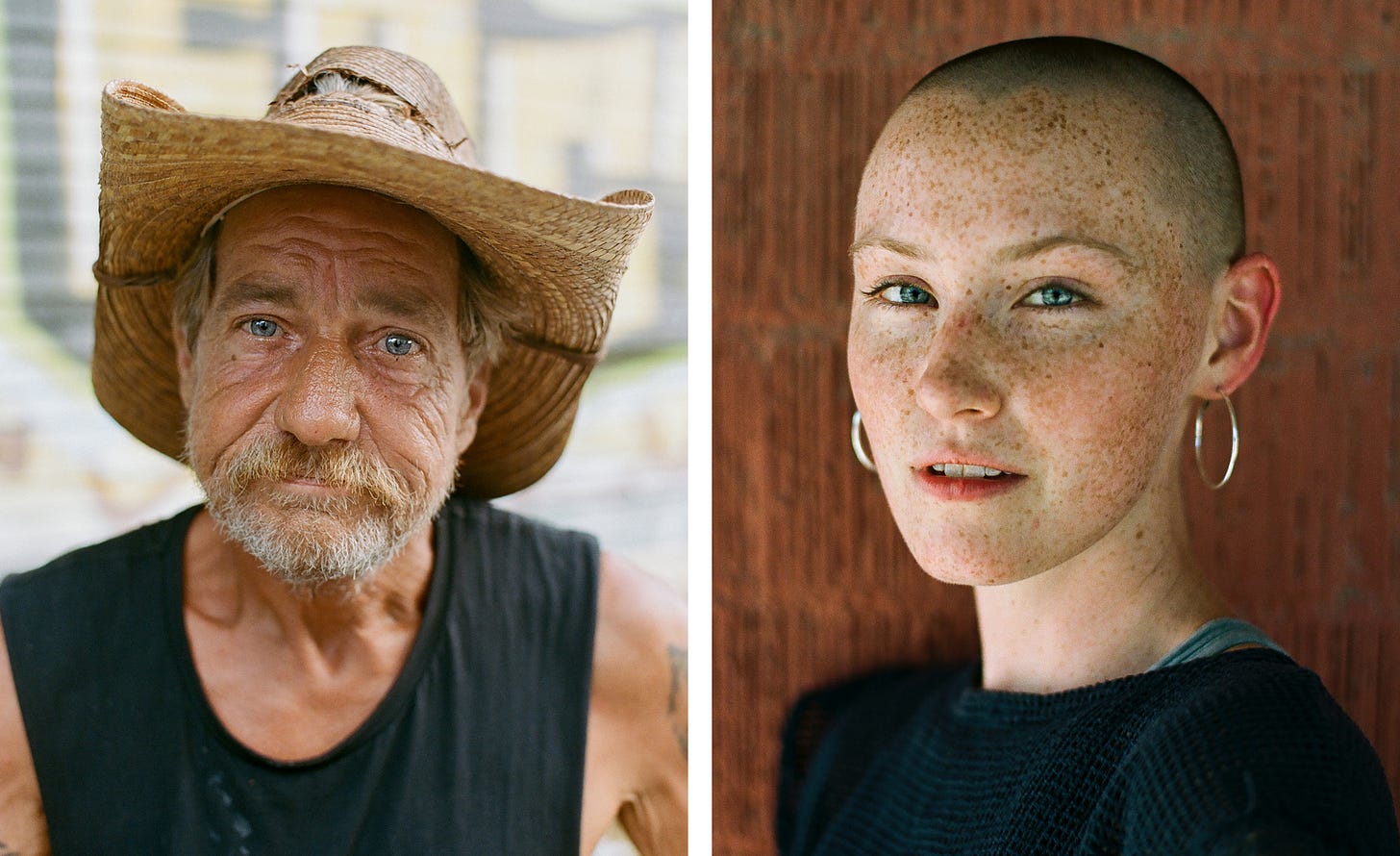
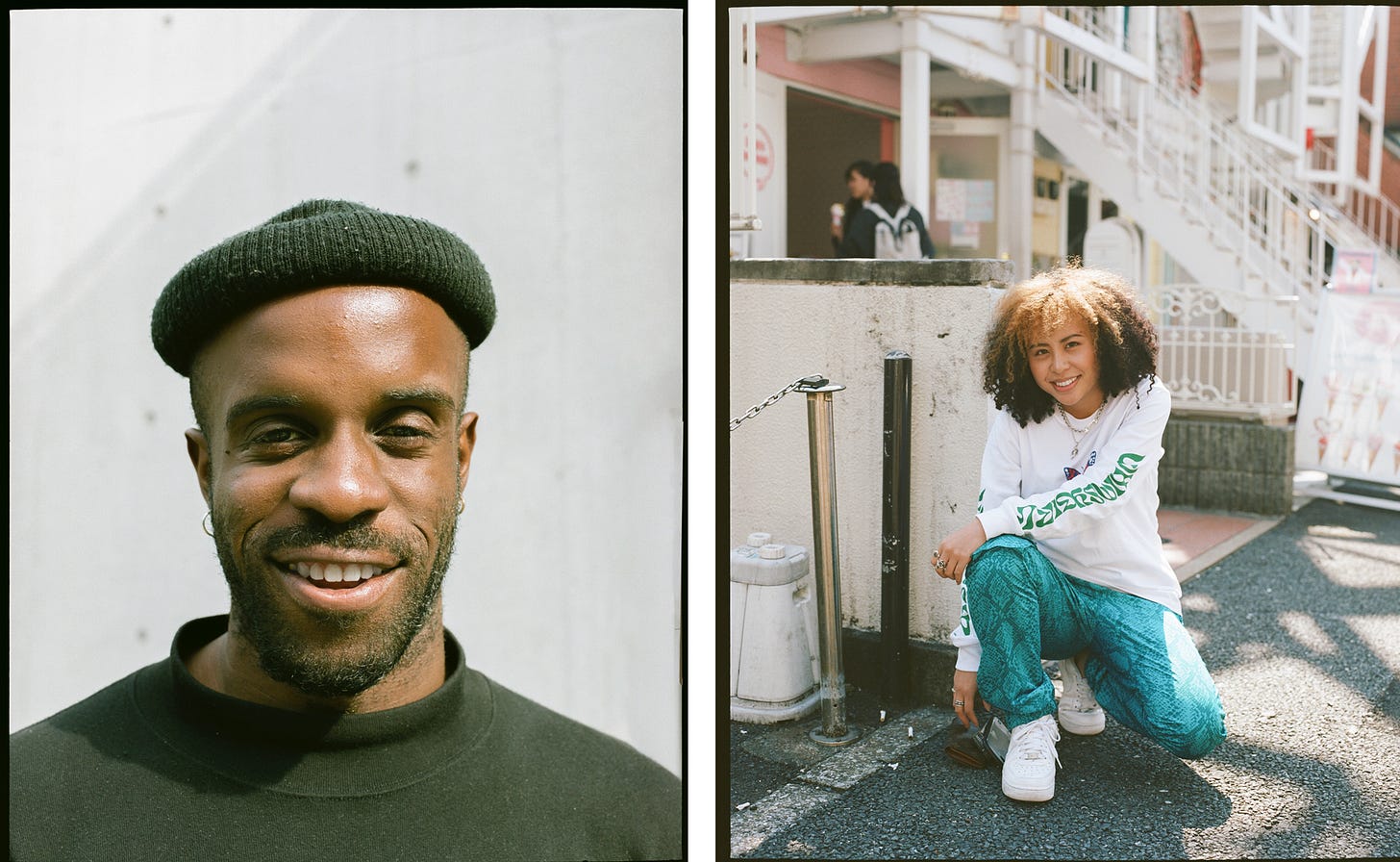
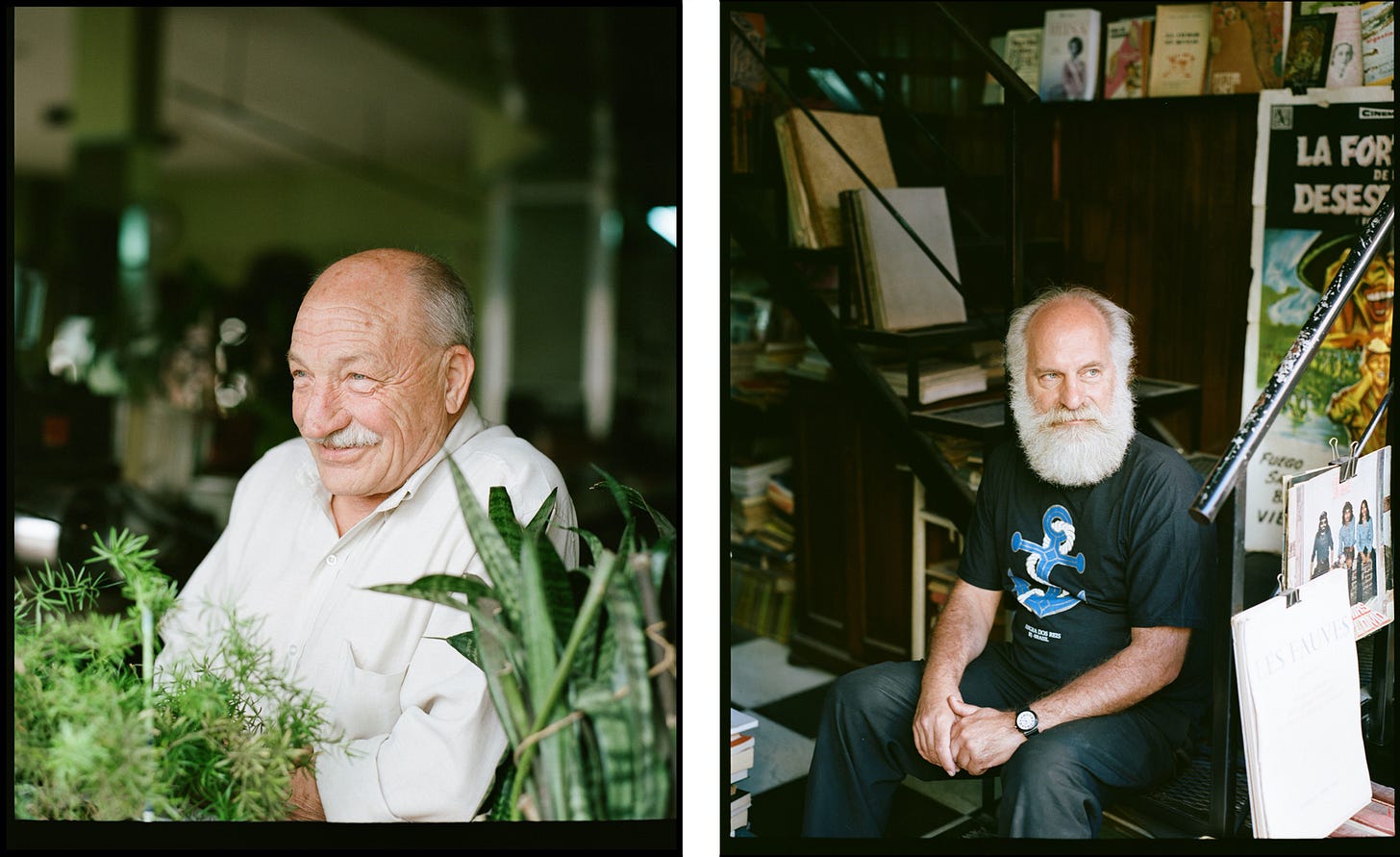
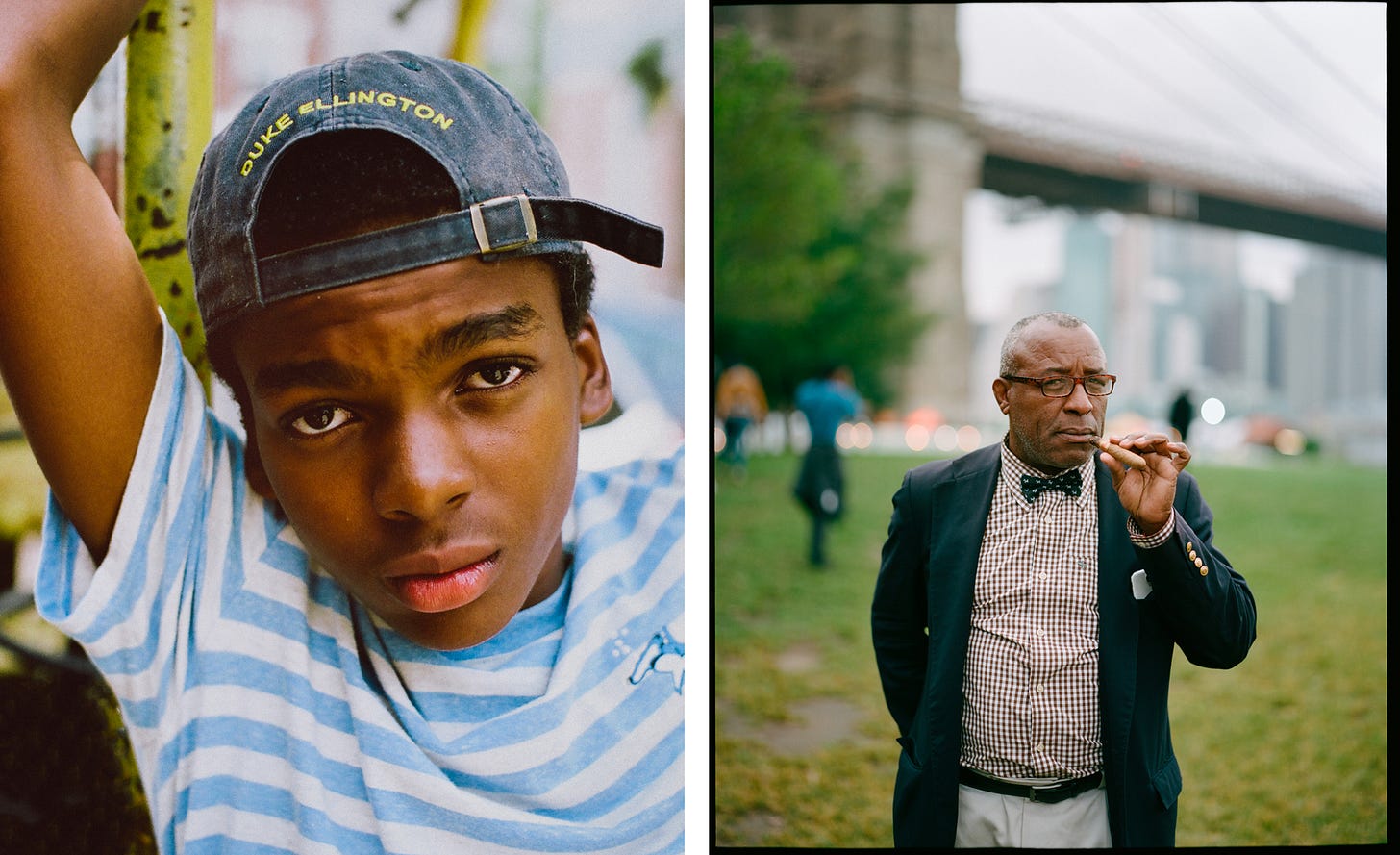
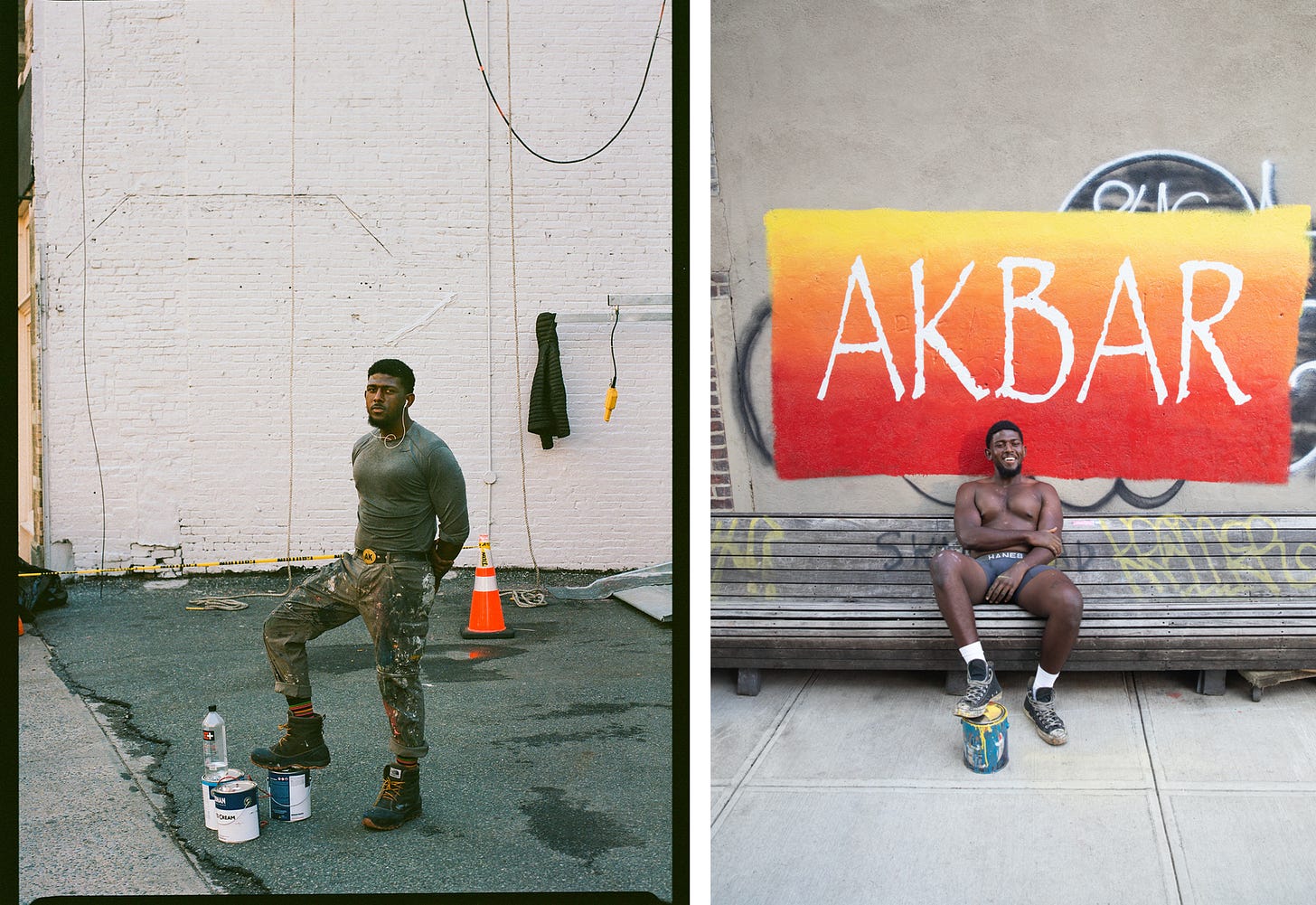
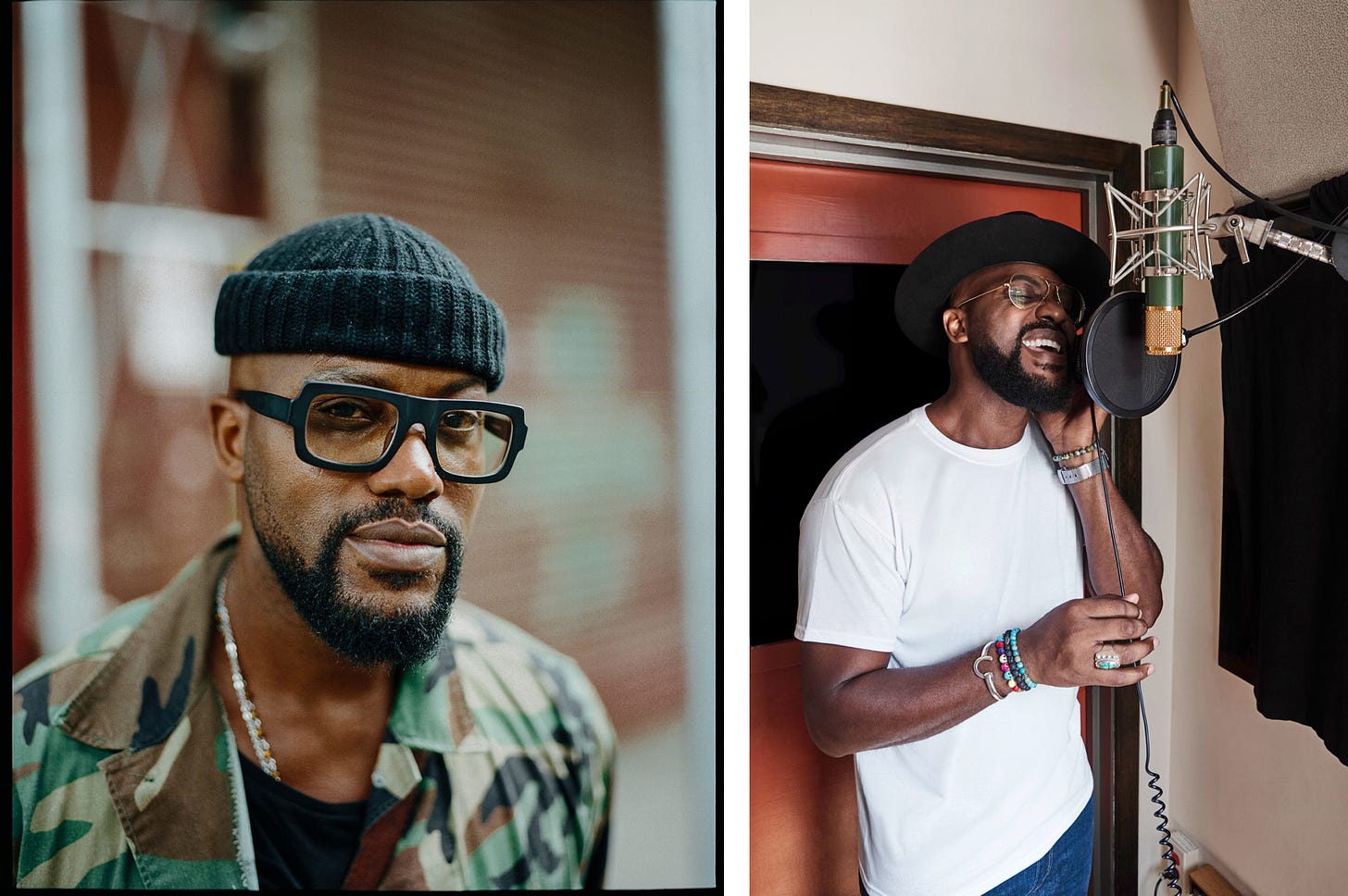


Great article, i'd love to be able to ask people if i can take their portraits, i've seen people that i would love to take their portraits.
Thank you for this article. Sorry for the delayed comment. Do you find that approaching people and their willingness to engage has changed with COVID, specifically when the cases are rising during a 'wave' of the virus?